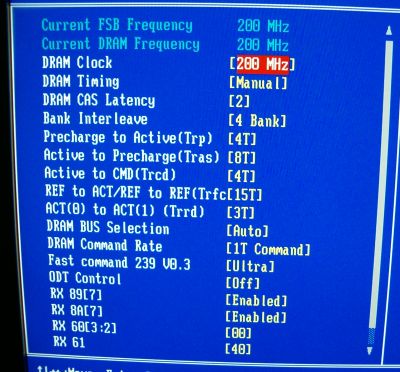System Setup
Hardware
- VIA VT5805B Reference Board, Socket A, VIA KT880, AMD Athlon XP
- ABIT AN7, Socket A, NVIDIA nForce2 Ultra 400, AMD Athlon XP, 11/11/03 BIOS
- AMD Athlon XP3200+, 512KB L2, 11 x 200MHz
- Corsair XMS3200LLPT, DDR400, 2 x 256MB
- Western Digital WD360 Raptor, SATA, 36.2GB
- ATI Radeon 9800XT (412/730)
Software
- Windows XP Professional w/SP1
- ATI CATALYST 4.1 and Control Panel
- VIA Hyperion 4.51v
- NVIDIA nForce2 Platform Driver 3.13
- HEXUS Pifast v41
- Simplisoft HDTach 2.61
- Kribi Bench 1.19
- Sciencemark 2.0
- 3DMark 2001SE v330
- Quake3 v1.30 HQ (four demo)
- LAME 3.92MMX MP3 Encoding(192CBR, U2's Pop album)
- Realstorm Ray Tracing
- X2: The Threat - Rolling Demo
KT880 vs nForce Ultra 400. Pretty simple graphs until we get production KT880 hardware. At that point Tarinder or I will introduce other platforms into the mix. VIA reference boards are traditionally a bit faster than production boards from board makers, please take that into account when checking out the graphs. I'll comment on it when necessary.
The BIOS offers no voltage adjustment and drives the memory slots at 2.55V. Not enough to coerce 2-2-2-6 out of my test modules, so 2-4-4-8 it is (with Tras being the sum of CL, Trp and 2 clocks, so 2+4+2 = 8) for both boards. That puts both boards at a slight disadvantage compared to the usual HEXUS test latencies of 2-2-2-6.
Here's a shot of the DRAM adjustment, just so you can see what the board was set to.










